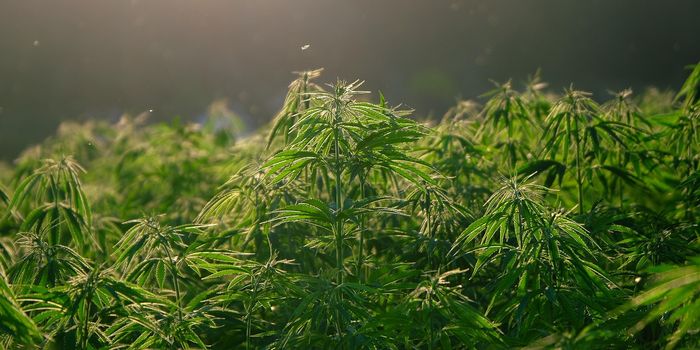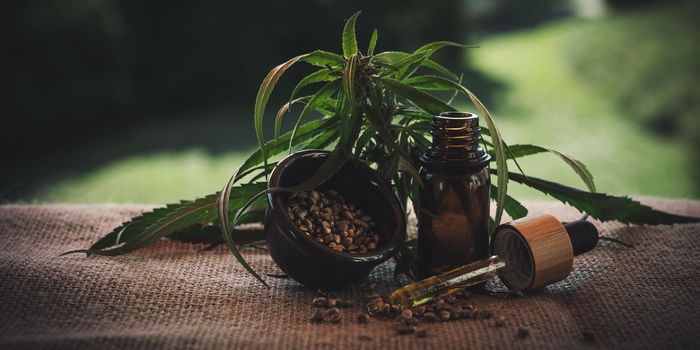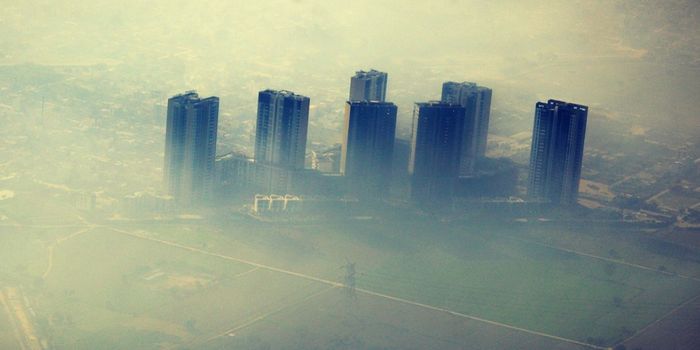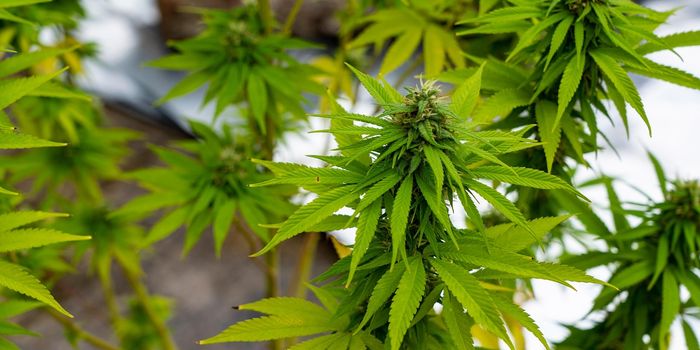Hempcrete's Role in Energy Efficient Building Materials
As more people explore the potential of hemp building materials, research studies are focusing on hempcrete’s performance as a construction material. Hempcrete is made by combining pulverized hemp stalks or hurd, lime, and water. Hempcrete can be used for construction when it is in the form of blocks, or it can be sprayed to create insulation. Although research on hempcrete is in its initial stages, studies are highlighting the versatility and sustainability of this newer building material.
Findings from a recent study analyzed hempcrete's ability to regulate temperature and humidity. Canadian researchers conducted a carbon footprint analysis of a traditional wood-frame structure and a hempcrete structure, and they found that hempcrete improved indoor quality and condensation resistance. The data suggested that hempcrete’s properties support efficient temperature and humidity modulation processes that can reduce a building’s carbon footprint.
Other construction benefits of this eco-friendly building material include its physical flexibility. Hempcrete can take the form of the mold used, so liquid hempcrete can be poured into building molds that include curves, arcs, and other unique architectural forms that can accommodate eco-friendly designs.
Some considerations for construction practice and research include fiber hemp production and defining the most effective uses for hempcrete. The Farm Bill of 2018 allowed for hemp cultivation, and some strains have been identified as especially suitable for industrial uses. However, there is a lack of research on best cultivation practices for engineering optimal fiber hemp growth. In terms of applied research on construction practices, more studies need to analyze how hempcrete is used with other materials. Since hempcrete is not load-bearing (it cannot support elements above it), and materials like steel, concrete, or timber need to be incorporated into bearing wall design plans.
Sources: Hemp Grower, Building and Environment









